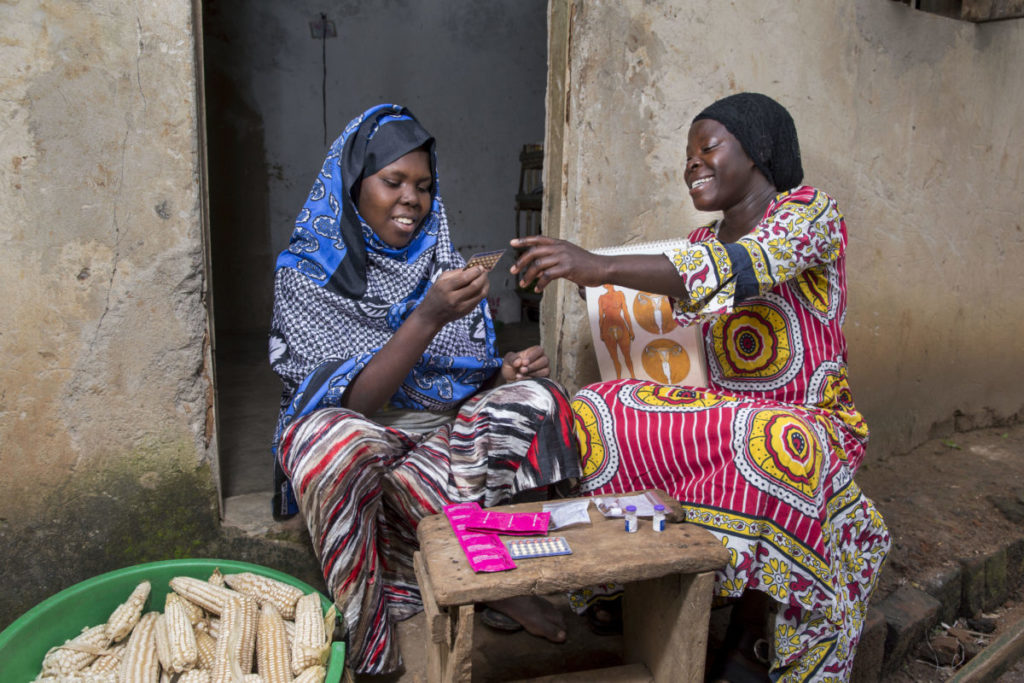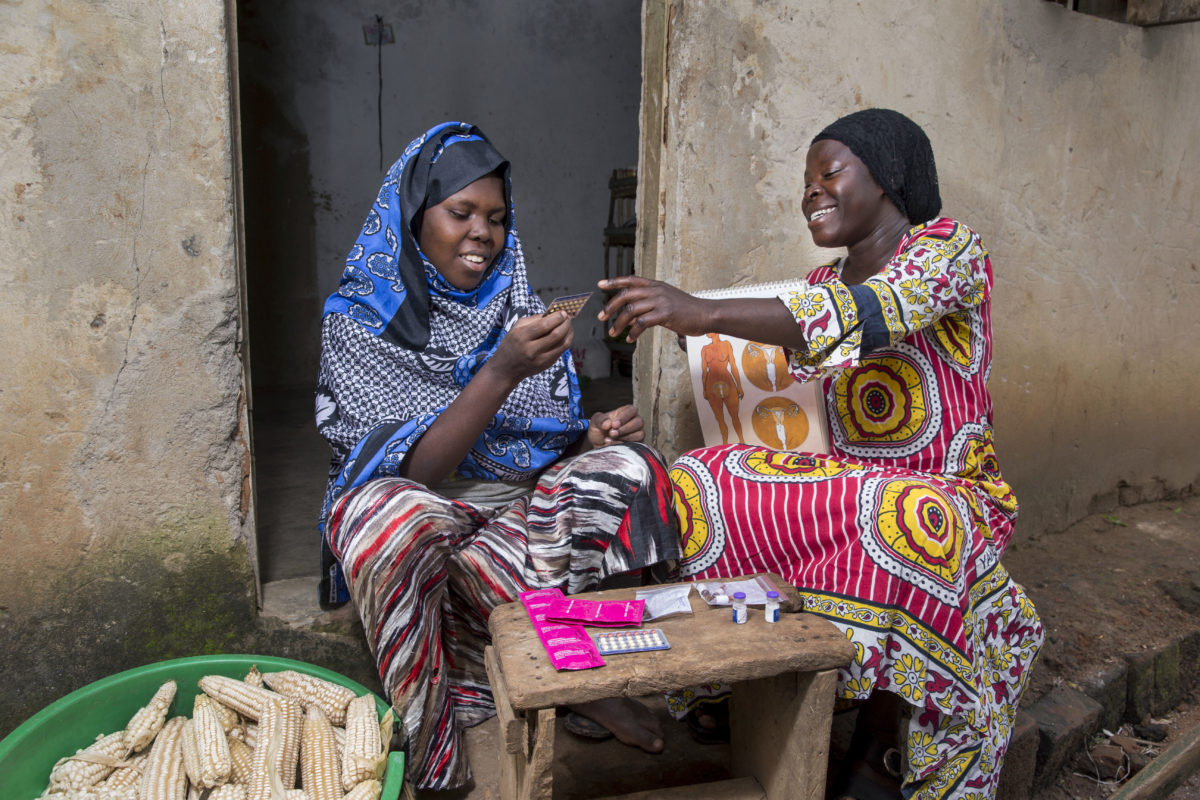How Should We Measure Contraceptive Use Among Unmarried Women

This article features key insights from one of the authors of a recent study, which examined standardizing measurement of contraceptive use among unmarried women. The study found that sexual recency (the last time women report being sexually active) is an important indicator to determine unmet need and contraceptive prevalence among unmarried women, but not among married women.
In a world where 41% of the population is under the age of 25, marriages are occurring later in life, and the age at sexual debut remains the same, a significant portion of the population is at risk for potentially unplanned pregnancies. In addition, never before have we seen such a large number of unmarried individuals worldwide.
No Standard Measurement for Contraceptive Use Among Unmarried Women
However, data hasn’t caught up. Data on contraceptive use among unmarried women is uneven across data sets, with measures varying by sexual recency (the last time women report being sexually active). Significantly the Demographic Health Survey (DHS), the Guttmacher Institute, and World Health Organization (WHO) differ in reporting sexual recency. All three frequently publish reports and guidelines that discuss global and national trends and guide program design and implementation to address critical issues in family planning.

A community health worker during a home visit in Mbale, Uganda providing family planning services and options to women in the community.
© 2014 Jonathan Torgovnik/Getty Images/Images of Empowerment, Courtesy of Hewlett Packard
Exploring Different Measurements and What They Mean
To address this issue, Madeleine Short Fabic, M.Sc. and Dr. Apoorva Jadhav of USAID set out to explore sexual recency and contraceptive use among unmarried women and what differences in measurement might mean in a study, “Standardizing Measurement of Contraceptive Use Among Unmarried Women,” published by Global Health: Science and Practice.
Short Fabic and Jadhav sought to explore the following research questions:
In order to address these questions, Short Fabic and Jadhav examined DHS data, and divided women into four main analytic groups:
- DHS method (sexually active within the 4 weeks/1 month preceding interview).
- Guttmacher Institute/WHO method (sexually active within the 3 months preceding the interview).
- An alternative method periodically used in research (sexually active in the 12 months preceding the interview)
- All sexually active women regardless of timing of last sex (those women who had ever had sex).
Key Finding: Sexual Recency is An Important Factor
While the study reported several results, the key takeaway relates to the comparison of contraceptive use and unmet need between unmarried women and married women. There is not much of a difference in contraceptive prevalence or unmet need among married women who were last sexually active 1 month, 3 months, or 12 years ago.
However, this is not the same for unmarried women.
As sexual recency increases (from 1 month to 12 months and ever having been sexually active) among unmarried women, contraceptive prevalence is systematically lower and the unmet need is systematically higher. This indicates that among unmarried women, sexual recency is an important consideration in unmet need and contraceptive prevalence.
Short Fabic notes: “There’s been a lot of other research coming out, recognizing that even when we do see higher levels of CPR among unmarried women, they still have much higher levels of unmet need. Seeing that play out across so many different countries and cultural contexts — it’s a good reminder for us as to the disparities in programming and policies, and all the social and cultural norms that influence women’s behaviors or their reporting of their behavior. The unmet need was an interesting finding, which spoke to things we already knew and now have numbers to put alongside.”
Recommendations for Standardizing Measurement
Gathering data on unmarried women can be challenging. In contexts where sex is taboo and women are reluctant to report being sexually active without being married, data collection methods must be culturally appropriate and strive to protect women. But we need to get this right. We need to ensure equal measurement and representation of all women’s family planning needs. Data is where it all starts.
So what can we do? Short Fabic and Jadhav make two recommendations concerning the future of measurement specifically related to the DHS.
- First, to maintain the DHS method of sexual activity within the previous month for reporting mCPR and unmet need among unmarried women.
- Second, add two questions to the DHS to ask women if they and their partner did anything to prevent pregnancy the last time they had sex, and if yes what method was used.
Short Fabic hopes that this research fosters change in the measurements of contraceptive use of unmarried women to a standard approach to provide a more nuanced understanding of unmet need and contraceptive use among women, and she encourages researchers to consider this data in designing their own studies to ensure that future research is more equitable and standardized. “Ideally, the purpose of all this isn’t measurement for measurement’s sake,” she notes. “It’s to be able to better direct programmatic resources to addressing unmet need and ensuring that all women regardless of their marital status are able to choose whether and when to become a parent.”




